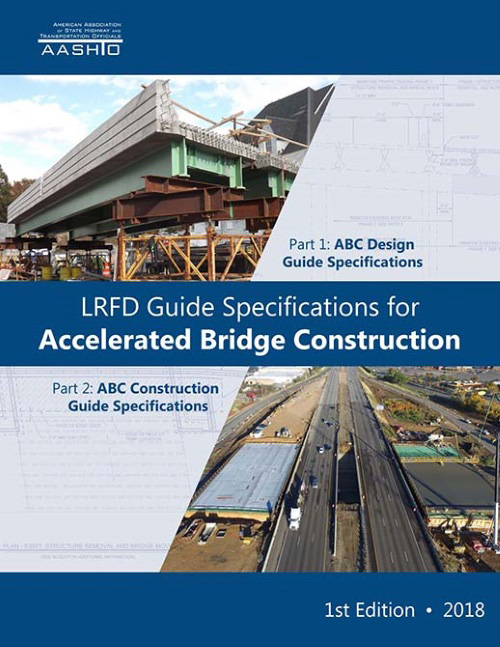As use of accelerated bridge construction (ABC) technologies expands, transportation agencies are exploring implementation of ABC in seismic regions. Devising connections between prefabricated bridge elements that can withstand earthquake loading is a primary challenge.
“We want connections that are constructible, are seismic resilient, and have long-term performance and longevity,” Bijan Khaleghi, State bridge design engineer for the Washington State Department of Transportation, told participants in an Accelerated Bridge Construction–University Transportation Center (ABC-UTC) webinar on ABC in seismic regions. “A seismic event is an extreme event that doesn’t happen every day, but we need to be ready for it.”

The American Association of State Highway and Transportation Officials’ (AASHTO) new LRFD Guide Specifications for Accelerated Bridge Construction includes information on seismic design for ABC. Section 3.4 covers recommended seismic analysis and design methods and seismic systems and elements. It also discusses several connection types, including mechanical bar connectors, grouted duct connections, pocket connections, socket connections, and two-stage integral pier caps.
The aim of the ABC guide specifications is to ensure minimal bridge damage under moderate earthquakes and collapse prevention under rare, more severe earthquakes, said Lee Marsh, deputy director of America’s Technical Excellence Center at WSP. The specifications were developed to work in tandem with AASHTO’s LRFD Bridge Design Specifications.
“These guide specifications are expected to change as we incorporate ongoing seismic research,” said Marsh. “There are a lot of innovative ideas coming out, so we’ll see updates to capture future research.”
Marsh used a chain analogy to explain the fundamental concept of ABC seismic design. “A chain is no stronger than its weakest link,” said Marsh. “If the weakest link is a ductile link, the entire system will be ductile in the way it performs. If the weakest link is brittle or nonductile, the entire system will look brittle in terms of its performance. So it’s important for the designer to determine what the weak link is and make that link a ductile one.”
—MORE INFORMATION
Watch the ABC-UTC webinar for an overview of the latest information on research and implementation of ABC in seismic regions, including an introduction to Section 3.4 on seismic design for ABC in the LRFD Guide Specifications for Accelerated Bridge Construction.
Consult National Cooperative Highway Research Program report 242 on Recommended AASHTO Guide Specifications for ABC Design and Construction for background to help engineers apply the guide specifications.
Contact Romeo Garcia of the Federal Highway Administration Office of Infrastructure or Jamal Elkaissi of the FHWA Resource Center for information and technical assistance on ABC.
- Cover
- Innovation Synergy: Crowdsourcing Improves Weather Response
- Weather-Responsive Management Strategies
- Filling in Data Gaps With Crowdsourcing
- The Value of Peers
- Using Accelerated Bridge Construction in Seismic Applications
- States Innovate
- Explore Innovation at the Transportation Research Board Meeting
- About Innovator
